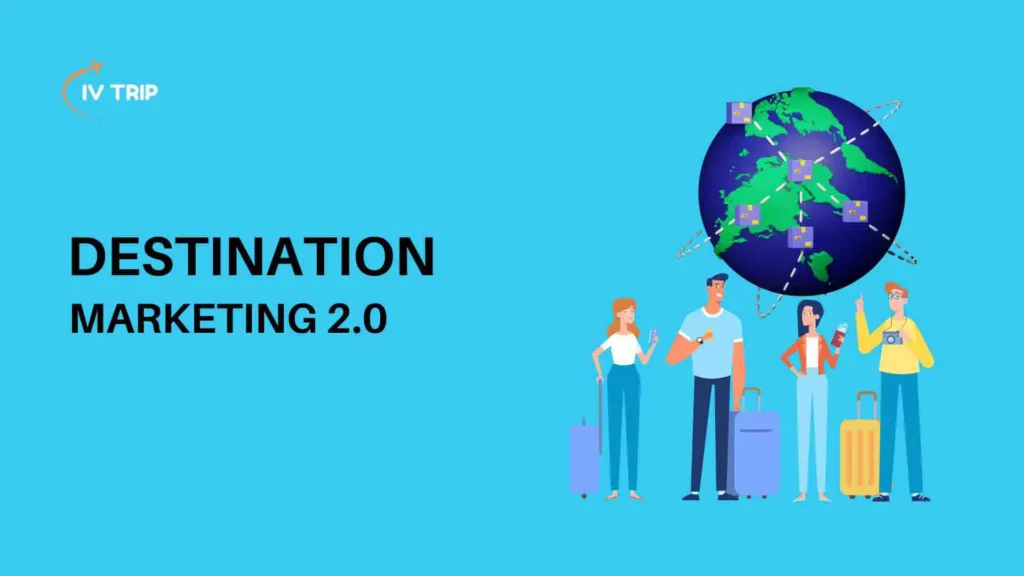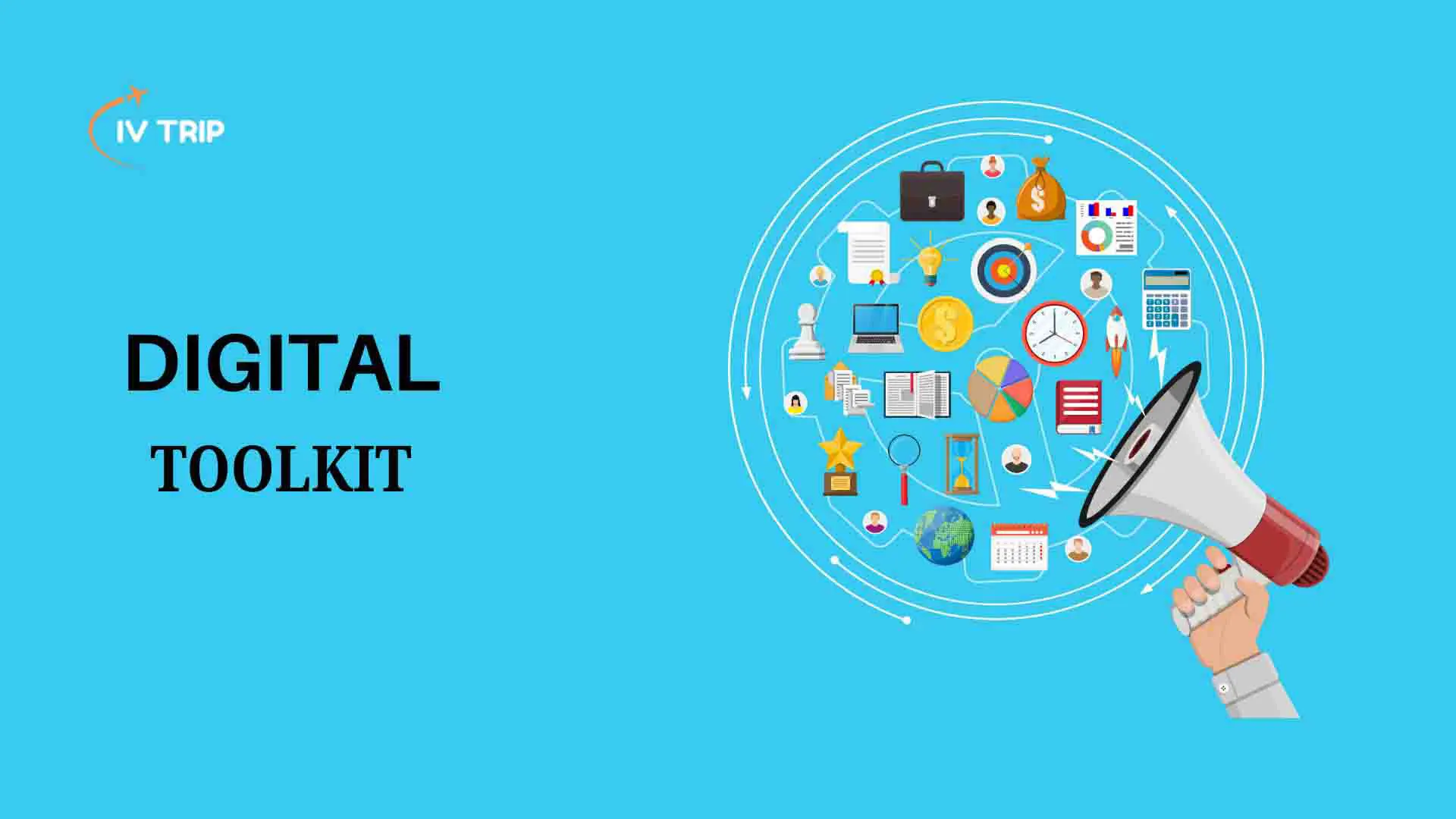Destination Marketing 2.0: Storytelling in the Digital Age

What was once irrelevant in marketing has become a key factor. Destination marketers must understand these changes to effectively develop strategies for handling such situations.
Today’s traveler wants to be an active participant, to experience the ‘real,’ and to be educated about the destination’s past. To satisfy these expectations, a destination marketer needs to be an excellent storyteller to convince visitors to explore the destination.
Now, in what can be referred to as “Destination Marketing 2.0,” the focus is on the narration of a particular story.
That is why this new approach is not just ‘The Place to Go’; it introduces stories that are relevant to the people. Now, let’s explore how storytelling is revolutionizing DM and how your destination could benefit from it.
From here, there is a shift to another type of destination marketing.
For years, destination marketing simply showcased a place’s best features. These included attractive tourist destinations like sun-kissed beaches, historic structures and heritage, and colorful cultural activities such as festivals, among others. However, with advances in digital technology and customers’ expectations, listing attractions does not suffice.
Modern tourism has become a search for experiences and people—a way of defining one’s personal identity and self.
“It’s not just about the destination—it’s about the story behind it.”
This change has led to a new era in marketing, where the narrative takes center stage. Storytelling is now the key to engaging potential visitors, allowing destinations to stand out by sharing what makes them truly unique.

Why Storytelling Matters
It is not a mere fad or hype since it is a technique that makes a difference and can build impressions. Think about it; it has been all we’ve been doing for thousands of years, has it not?
Texts are a crucial means of transmitting information and passing on experience. They are part of people’s ability to remember and explain. The picture below emphasizes that storytelling in destination marketing breaks the traditional way of selling a destination by going beyond the introductory brochure feel customers get when various forms of advertisements approach them.
- Building Emotional Connections
The first concept evident from storytelling is the aspect of invoking or stimulating emotions. While simply saying the name of a landmark merely names them, storytelling revives them by using feelings such as excitement, curiosity, or even memories of one’s childhood.
For instance, reading a love story about two people going for a weekend break on the island is likely to make the target traffic conjure the same picture, so consider visiting the island.
*According to a study by Nielsen, 92% of consumers want brands to make ads that feel like a story.

- Showcasing what’s real
Modern consumers want to get an accurate picture, and that can only be provided by narratives that point to the authenticity of a place. These are the aspects that virtually any traveler searching for a unique place is ready to pay for, as they want to get an accurate picture of the people, their traditions, and their culture, which can be heard in the local stories.
For instance, instead of just advertising a particular market as a tourist destination, a story could be based on one specific vendor, their skills, and the influence of the market on the social fabric of society.
- Reaching the Digital Generation
In today’s technological world, which focuses primarily on social networks, younger generations of travelers are finding their destinations on the Internet. This generation is so into technology that it is good to initiate, express, or relay information using technology, for instance, through storytelling through short videos, Instagram stories, or blogs. A good tale discussed on social networks can rapidly be distributed around the globe and attract numerous possible tourists.
*In 2023, 72% of travelers were influenced by social media in choosing their next travel destination.
How to Tell Your Destination’s Story
While using stories is effective, the manner of relaying the story is crucial to the solution.
- Know Your Audience
If you are asking what is most important to know before the story is told, the answer is the audience. This means that different categories of travelers prefer other kinds of narratives. For instance, an audience that is eager for adventures will be motivated to follow stories of outdoor challenges, and audiences that are culturally oriented will be encouraged to follow stories that depict the culture of a particular region. In this way, if you are aware of your audience, you will be able to tell stories that they can relate to and want.
“The best stories are those that touch the heart—yours as well as your audience’s.”
- Focus on Experiences, Not Just Places
Tourism is not just about watching a place but about getting to know it. When writing down your news, it is essential to consider the importance of the moments tourists can find at the destination.
Instead of simply describing a famous site and how it looks, it is more engaging to describe how it feels to navigate through the site, who you are able to interact with, and what you are able to accomplish. This makes potential travelers consider themselves in the picture as a way of encouraging them to come.
- Use User-Generated Content
It’s not only the collection of tales for travelers; it’s also the construction of tales. One of the best ways to tell stories is by utilizing UGC, such as photos, videos, or reviews from the users themselves. Such an approach also creates community and authenticity since people are asked to share travel experiences.
Besides, it helps you post new information on your page, which your audience is likely to find interesting.
- Mix Up Your Formats
It is now possible to express them in different manners, which is essential to know in the context of writing electronic documentation for an exhibition. But again, one must refrain from restricting oneself to just writing blog posts, publishing updates on social networks or videos, or even making an appeal; it is necessary to use different types of materials to get through to the audience.
For instance, blog content might be in the form of a post about a specific festival in the region, while another video shows the actual celebration of the festival. Switching the storytelling format is a good thing because it helps maintain high entertainment levels.
- Partner with Influencers
Working with influencers is one of the best methods to extend your destination narrative. Influencers have followership that relies on what they post and their opinions or experiences. It is also essential to involve like-minded social media influencers to promote your destination to a new set of clients and give their credibility to your story. All you need to do is ensure that the influencer’s values are in tandem with the image that your destination portrays.
*According to a survey of consumers in 2023, 49% of them depended on the recommendations of influencers for traveling.
A look at the future of storytelling in destination marketing
If anything is clear, it’s that technology is changing at an accelerated rate, which means the ways we tell stories are also changing. Advanced technology such as VR, AR, and AI is expanding the horizons of opportunities in effectively presenting the destination.
For example, VR lets tourists “virtually” visit a place before they go there, while AR lets them overlay information on top of the physical environment. AI can create this kind of storytelling, so the stories themselves are specifically related to the interests of the respective travelers.

The Digital Toolkit
To effectively implement Destination Marketing 2.0, destinations need a robust digital toolkit. This includes:
- A user-friendly website optimized for search engines and mobile devices
- A solid social media presence across multiple platforms
- Engaging in email marketing campaigns
- Data analytics tools to measure performance
- A content management system to create and distribute high-quality content
- Partnerships with technology providers to leverage the latest innovations
Case Study: Iceland
Consequently, Iceland can be claimed to have used narrative highly effectively to become a world-renowned tourist attraction. The argument that Iceland has developed successfully is that it is a country focused on diverse and extraordinary geography, cultural heritage, and green tourism. The government has recently used social media well, employed beautiful pictures, and told people authentic stories that have placed it as a destination that must be visited.
For the sake of distinction, newcomers often refer to the modern form of destination marketing as destination marketing 2.0. Originating in 2000, 0 is all about storytelling to inspire travelers.
By focusing on experiences and real life and getting to know your targets, you will be able to tell stories that not only capture people’s attention but also motivate them to act. Much is yet to come in terms of narrative potential for destination marketing as technology advances in the near future. The winners will be the places that have the best stories to tell—the stories that change people’s hearts and minds and organize their trips.
Each place is a tale of the heart; what is yours?

